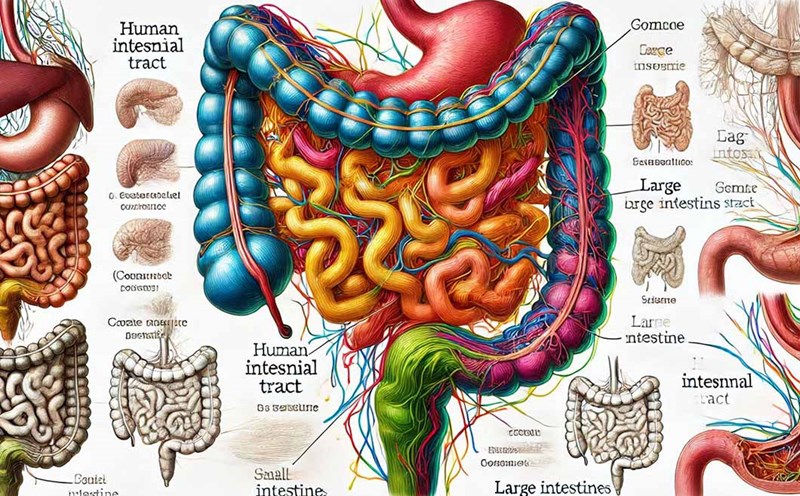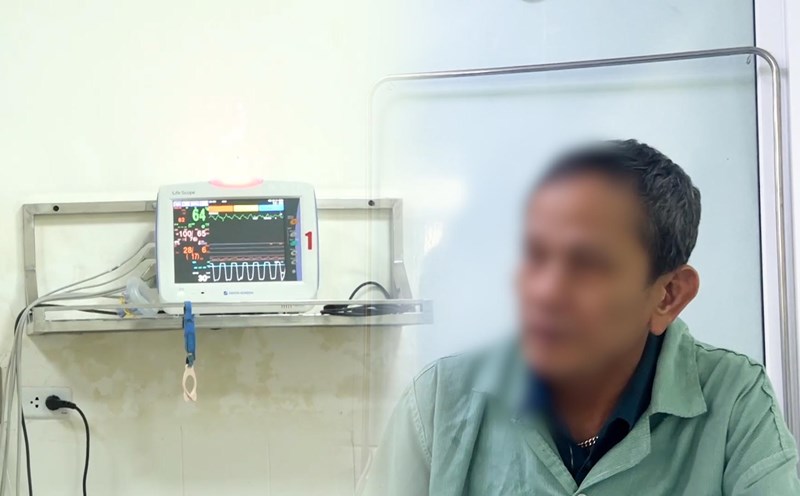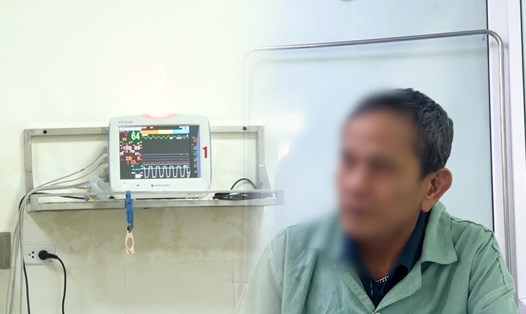RT reported that on January 5, the UK Antibiotic Resistance (AMR) Special Envoy and former UK Health Director, Ms. Sally Davies, said that there will be about 40 million deaths from AMR by 2050 if antibiotic resistance is not well controlled.
The AMR phenomenon occurs when antibiotics are no longer effective in treating diseases caused by bacteria, viruses and microorganisms, becoming stronger. Ms. Davies calls them super Bacteria.
In an interview, Ms. Sally Davies described AMR as an antiseptic emergency and said the phenomenon was developing very rapidly. AMR can make it difficult for conventional medical procedures such as surgery and childbirth, and can even be life-threatening.
There are currently about 1 million deaths from AMR each year, but that number is expected to double by 2050, according to Davies. The expert added that the elderly are the most vulnerable group to AMR. Since 1990, the mortality rate from AMR in people over 70 years old has increased by 80%.
The cause of AMR is the abuse of antibiotics in livestock and poultry farming. According to RT, about 70% of global antibiotics are used in this field.
Davies explains that antibiotics are seen as a cost-effective way to stimulate growth or prevent the spread of the disease in cows, pigs and chickens.
The bacteria are capable of growing rapidly, doubling every 20 minutes. When present in an environment with high antibiotic levels, common bacteria are forced to evolve and become superbacteria to survive.
In addition, bacteria can also move through many different weather conditions, easily penetrating into the air, soil, water from farms and penetrating into the human food chain.
In September 2024, the medical journal The Lancet warned that antibiotic resistance infections could kill more than 39 million people worldwide in the next 25 years, while 169 million others could die from related causes.








